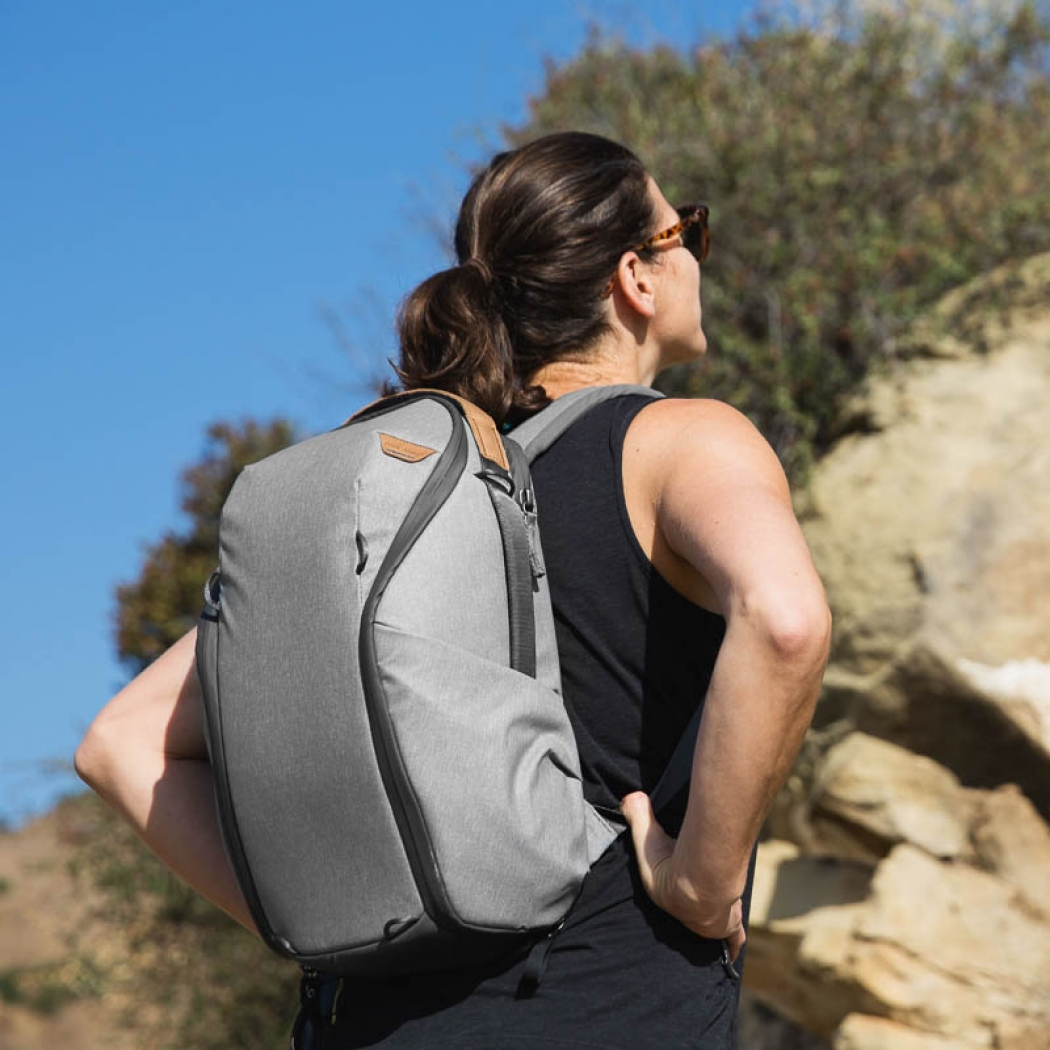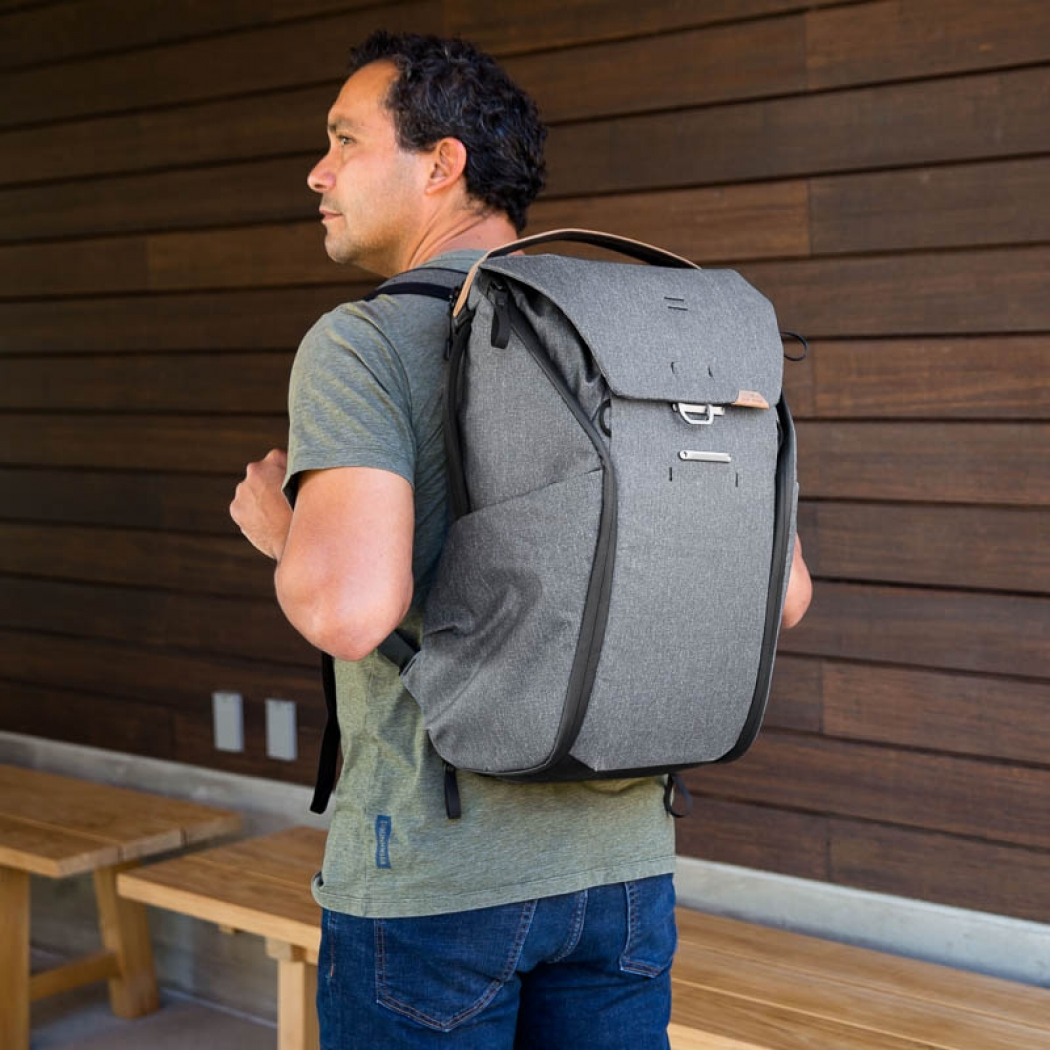Peak Design Products

Peak Design has carved a niche for itself in the photography and filmmaking industries, renowned for its innovative and high-quality products. From their iconic Capture Clip to the versatile Everyday Backpack, Peak Design has consistently pushed boundaries, offering solutions that cater to the evolving needs of creators.
Evolution of Peak Design Products
Peak Design’s journey began with a simple yet revolutionary product – the Capture Clip. This ingenious camera mounting system, launched in 2012, offered a secure and accessible way to attach a camera to a backpack strap, instantly making it more convenient to carry and access. The success of the Capture Clip laid the foundation for Peak Design’s subsequent product line, which expanded to include a range of camera bags, tripods, and accessories, all designed to enhance the creative workflow of photographers and filmmakers.
Peak Design’s commitment to innovation is evident in its continuous product development. The Everyday Backpack, introduced in 2016, redefined the concept of camera bags, offering a sleek and functional design that seamlessly blended style and practicality. The Everyday Backpack’s modularity, with its customizable interior and numerous pockets, allowed users to personalize their carrying experience based on their specific needs.
Peak Design’s product line has evolved beyond just camera accessories. The company has expanded into other areas, such as mobile photography accessories with the Mobile Case and the Mobile Tripod, showcasing their commitment to providing solutions for a diverse range of creative needs.
Comparison with Competitors
Peak Design’s flagship products stand out from competitors by offering a unique blend of design, functionality, and durability. For example, the Capture Clip’s compact design and secure locking mechanism set it apart from traditional camera straps, offering a more convenient and reliable way to carry a camera. Similarly, the Everyday Backpack’s sleek aesthetics and robust construction differentiate it from traditional camera bags, providing a stylish and practical solution for photographers and filmmakers on the move.
- Capture Clip: While competitors offer similar camera mounting systems, Peak Design’s Capture Clip is renowned for its compact design, secure locking mechanism, and compatibility with a wide range of cameras and tripods. Its robust construction and reliable performance have made it a popular choice among photographers and filmmakers.
- Everyday Backpack: Peak Design’s Everyday Backpack stands out from competitors by offering a versatile and customizable design that caters to the needs of photographers, filmmakers, and everyday users. Its modularity, with its customizable interior and numerous pockets, allows users to personalize their carrying experience based on their specific needs. Its sleek aesthetics and robust construction further enhance its appeal.
Target Audience
Peak Design products are targeted towards a diverse audience of photographers, filmmakers, and creatives who value quality, innovation, and functionality. The target audience comprises individuals who are passionate about their craft and seek products that enhance their creative workflow.
- Demographics: Peak Design’s target audience is primarily comprised of young adults and professionals aged 25-45, with a strong interest in photography, filmmaking, and technology. They are typically tech-savvy, digitally active, and have a disposable income to invest in quality products.
- Interests: Peak Design’s target audience is interested in capturing moments, documenting their experiences, and expressing their creativity through visual mediums. They are drawn to products that offer versatility, functionality, and a sense of style.
- Needs: Peak Design’s target audience seeks products that enhance their creative workflow, making it easier to capture, carry, and share their work. They value durability, reliability, and ease of use, while also appreciating products that are aesthetically pleasing and reflect their personal style.
Peak Design’s Design Philosophy

Peak Design’s approach to product design is characterized by a commitment to functionality, durability, and aesthetics. The company strives to create products that are not only practical and reliable but also visually appealing and enjoyable to use. This philosophy is reflected in every aspect of their design process, from the initial concept to the final product.
Key Design Principles
Peak Design’s design philosophy is guided by a set of core principles that underpin their product development process. These principles ensure that their products meet the highest standards of quality, functionality, and aesthetics.
- Functionality: Peak Design prioritizes functionality over form, ensuring that their products are designed to meet the specific needs of their users. They conduct extensive research and user testing to understand the needs of their target audience and incorporate these insights into their designs.
- Durability: Peak Design products are built to last. They use high-quality materials and construction techniques to ensure that their products can withstand the rigors of everyday use. This commitment to durability is evident in their use of weather-resistant materials, robust construction, and rigorous testing protocols.
- Aesthetics: Peak Design believes that good design should be both functional and aesthetically pleasing. They pay close attention to the details of their products, ensuring that they have a clean, modern, and minimalist aesthetic. This commitment to aesthetics is reflected in the use of high-quality materials, refined finishes, and thoughtful design details.
- Sustainability: Peak Design is committed to sustainable design practices. They use recycled materials whenever possible, reduce waste throughout their manufacturing process, and strive to minimize their environmental impact. This commitment to sustainability is evident in their use of recycled materials, their focus on reducing packaging waste, and their support of environmental organizations.
Comparison with Other Design-Focused Companies
Peak Design’s design philosophy shares similarities with other design-focused companies, such as Apple, and Muji. These companies prioritize functionality, durability, and aesthetics in their product design, creating products that are both practical and visually appealing.
- Apple: Apple is known for its minimalist and user-friendly designs, emphasizing intuitive interfaces and sleek aesthetics. Like Peak Design, Apple prioritizes functionality and durability, using high-quality materials and rigorous testing to ensure product quality.
- Muji: Muji focuses on simplicity and functionality, creating products that are both practical and affordable. Their minimalist aesthetic reflects a focus on essential design, similar to Peak Design’s approach to creating products that are both functional and aesthetically pleasing.
Peak Design’s Brand Identity

Peak Design has established a distinctive brand identity that resonates with its target audience. They’ve achieved this by carefully crafting a visual language, delivering consistent messaging, and fostering a strong sense of community.
Visual Language
Peak Design’s visual language is clean, minimalist, and modern. Their website, product packaging, and social media presence all feature high-quality photography and video showcasing their products in action. The colour palette is dominated by muted tones, with splashes of colour used strategically to highlight key features. This aesthetic appeals to a sophisticated and discerning audience who value both form and function.
Messaging, Peak design
Peak Design’s messaging focuses on the intersection of design, functionality, and adventure. They position their products as tools that empower users to capture life’s experiences in a more meaningful way. Their marketing campaigns often feature inspiring stories of photographers, filmmakers, and adventurers who use Peak Design gear to push their creative boundaries. This approach helps to build an emotional connection with customers and position the brand as a partner in their creative journey.
Community Engagement
Peak Design actively engages with its community through social media, online forums, and events. They encourage user-generated content, sharing inspiring photos and stories from their customers. This fosters a sense of belonging and encourages a dialogue around creativity and adventure. Peak Design also regularly collaborates with influencers and photographers to promote their products and build brand awareness.
Social Media and Influencer Marketing
Peak Design leverages social media platforms like Instagram and YouTube to connect with its target audience and showcase its products in action. They use high-quality visuals and engaging content to capture attention and inspire viewers. They also collaborate with a wide range of influencers, from professional photographers to everyday adventurers, to reach a broader audience and build credibility.
Key Values and Principles
Peak Design’s brand identity is built upon a set of core values and principles. These include:
- Design Excellence: Peak Design prioritizes design and functionality, creating products that are both beautiful and practical.
- Innovation: They constantly strive to push the boundaries of design, creating new solutions for everyday problems.
- Sustainability: Peak Design is committed to minimizing its environmental impact by using sustainable materials and manufacturing practices.
- Community: They foster a sense of community among their customers, encouraging collaboration and shared experiences.
These values and principles are evident in every aspect of Peak Design’s brand, from its product design to its marketing campaigns. They have helped to build a strong reputation for quality, innovation, and customer satisfaction.
Peak Design is known for its innovative and minimalist approach to camera gear, offering sleek solutions for photographers and videographers. But what about the world of smartphones? If you’re considering a top-of-the-line Pixel phone, you might be wondering about the latest advancements.
Check out this detailed comparison of the Pixel 8 Pro vs Pixel 9 Pro to see which phone best aligns with your needs, just like Peak Design aligns with the needs of its users.
Peak design is all about pushing boundaries, crafting innovative solutions that blend functionality and aesthetics. This pursuit of perfection is mirrored in the anticipation surrounding the Pixel 9 preorder , a device promising a leap forward in mobile technology. Like a carefully designed Peak Design camera bag, the Pixel 9 aims to be a streamlined and powerful tool, capturing every moment with unmatched clarity and ease.